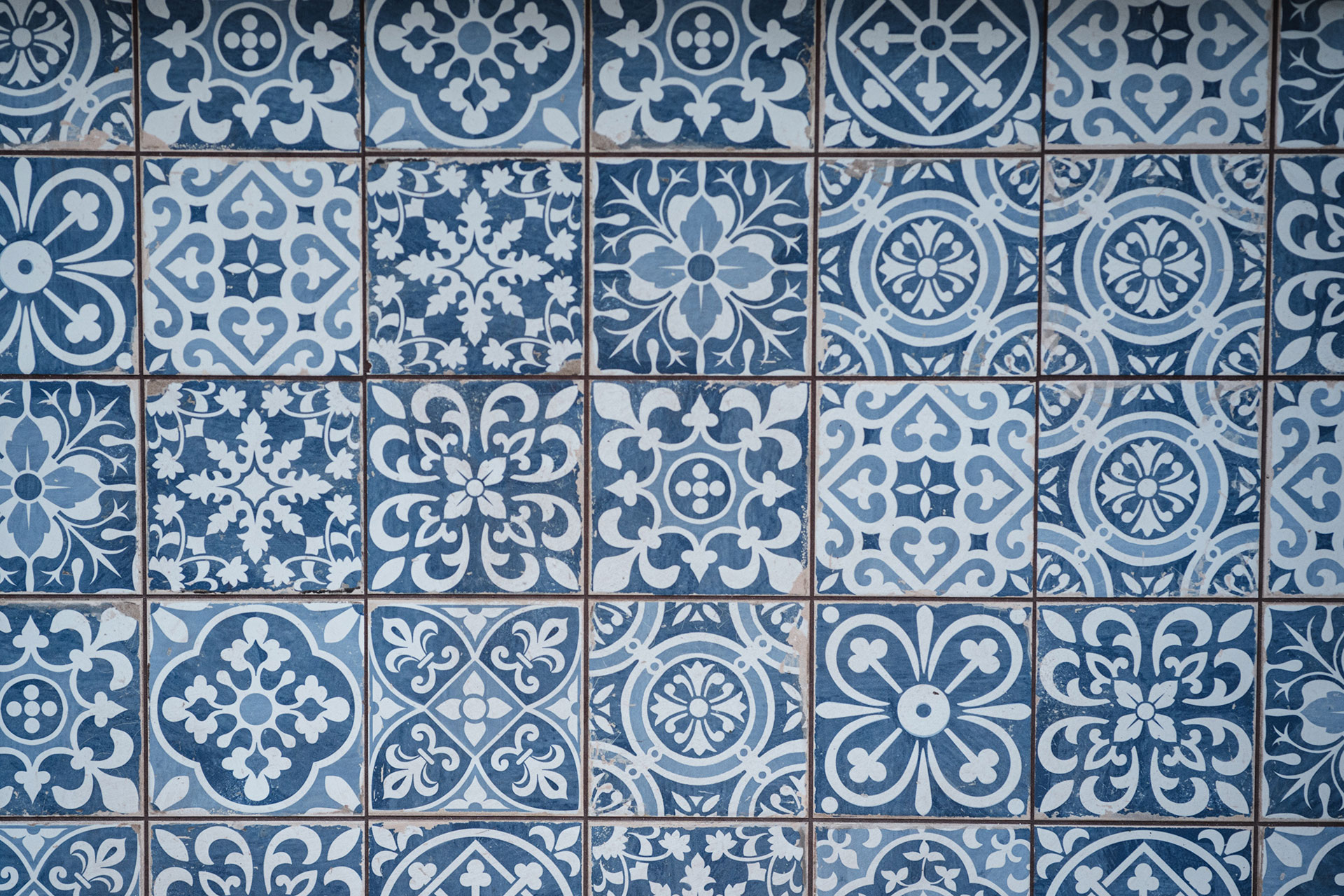MECS / Acimac Study Center has released the 10th edition of the volume "World Production and Consumption of Ceramic Tiles."
The study, consisting of more than 250 pages, analyzes the evolution of the last decade 2012-2021 of the global tile industry, with a focus on production, consumption, import and export numbers.
The study features in-depth charts and images depicting industry developments and market shares. In addition, there are operator forecasts of trends in major markets.
A snapshot of 2021
Referring to the year 2021, the first relevant figure concerns an overall growth in tile production, registering a 7.2 percent increase over 2020 (18,339 million sq m in 2021 vs. 17,101 million sq m in 2020).
Going into the specifics of geographic areas, production in Asia grew by 4.9 percent to 13.6 billion sq m, accounting for 74 percent of global production. In Europe, on the other hand, 2,124 million sq m of tiles were produced, accounting for 11.6 percent of global production, a growth of 18 percent.
Positive signs for the American continent as well: North America saw growth of 17.4 percent (377 million sq. m.), and Central and South America had the most favorable figures ever with an increase of +24.5 percent, to 1,360 million sq. m.
Regarding production, the only negative figures are for Africa, with a -3.3 percent decline.
The positive production figure is matched by the equally positive demand figure: consumption increased by 6.8 percent over the previous year.
Data on Import and Export
Just as with production and consumption, exports also show positive signs in 2021.
In 2021, world tile exports increased 8.7 percent to 3 billion sq. m.
Exports from the European Union were up sharply, with +14.3 percent. Asia increased its exports by two percentage points, while Central and South America registered +36.3 percent.
Positive signs also came from North America, with +10.7 percent) and Africa, with +4.6 percent.
Data source: Ceramic World Web





